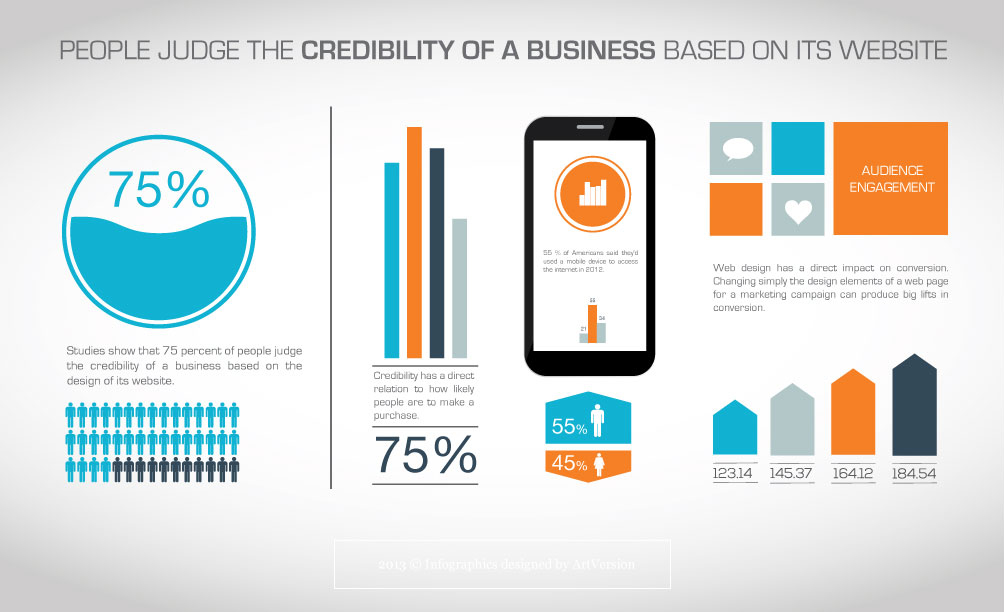Interested In Finding Out How Website Design Has Evolved? Explore The Journey From Uncomplicated Layouts To User-Centric Methods
Interested In Finding Out How Website Design Has Evolved? Explore The Journey From Uncomplicated Layouts To User-Centric Methods
Blog Article
Material Written By-Collier Singer
In the past, websites were basic and focused on info. Navigating was straight, and layout was for desktop computers. Currently, customer experience is vital. Data guides designs for simple navigating. Receptive designs suit various tools. Today, dark setting minimizes pressure, and minimalist food selections improve navigation. Interactive features engage customers, and vibrant visuals attract attention. AI assimilation enhances involvement. See exactly how layout has actually developed to improve your online journey.
Early Days of Web Design
In the very early days of website design, simpleness reigned supreme. Sites were fundamental, with minimal colors, typefaces, and layouts. The emphasis got on supplying information rather than fancy visuals. Users accessed the web via slow-moving dial-up links, so speed and functionality were key.
Navigating menus were straightforward, typically situated on top or side of the page. discover this were developed for computer, as mobile browsing had not been yet common. Material was king, and designers focused on very easy readability over intricate layout aspects.
HTML was the primary coding language used, and developers needed to work within its constraints. Animations and interactive functions were marginal contrasted to today's requirements. Web sites were fixed, with little vibrant web content or personalized individual experiences.
Rise of User-Focused Style
With the advancement of website layout, a change towards user-focused design principles has ended up being significantly noticeable. Today, developing web sites that focus on user experience is critical for engaging visitors and achieving service goals. User-focused layout includes comprehending the requirements, preferences, and habits of your target market to tailor the web site's layout, web content, and includes as necessary.
https://cannabisindustryjournal.com/feature_article/digital-marketing-tips-to-help-grow-your-cannabis-business/ carry out complete study, such as customer studies and use testing, to gather understandings and responses directly from users. This data-driven technique aids in developing user-friendly navigation, clear calls-to-action, and aesthetically attractive user interfaces that resonate with site visitors. By positioning the customer at the center of the style procedure, internet sites can provide an extra customized and enjoyable experience.
Receptive design has actually additionally become a vital aspect of user-focused design, guaranteeing that web sites are optimized for numerous devices and screen dimensions. This flexibility enhances accessibility and usability, satisfying the diverse methods customers communicate with websites today. Essentially, the rise of user-focused design symbolizes a change in the direction of creating digital experiences that focus on the demands and expectations of the end user.
Modern Trends in Website Design
Explore the current fads forming website design today. One popular fad is dark mode design, using a streamlined and modern-day look while decreasing eye stress in low-light environments. Another vital trend is minimalist navigating, simplifying food selections and enhancing individual experience by concentrating on essential elements. Including micro-interactions, such as animated buttons or scrolling impacts, can develop an extra appealing and interactive site. Receptive style remains important, guaranteeing seamless individual experiences throughout numerous devices. Additionally, utilizing strong typography and unbalanced layouts can include visual interest and draw attention to specific content.
Integrating AI innovation, like chatbots for consumer support or customized recommendations, boosts individual interaction and enhances processes. Availability has likewise end up being a substantial trend, with designers prioritizing comprehensive style methods to satisfy varied customer requirements. Accepting sustainability by optimizing website performance for speed and effectiveness is an additional emerging pattern in web design. Working together with user comments and information analytics to iterate and boost layout continuously is vital for remaining relevant in the ever-evolving digital landscape. By welcoming these modern trends, you can create an aesthetically enticing, straightforward web site that resonates with your target market.
Final thought
As you assess the evolution of web site style from the early days to currently, you can see just how user-focused style has ended up being the driving pressure behind contemporary trends.
Embrace the trip of adjustment and adaptation in website design, always maintaining the user experience at the leading edge.
Keep present with the most up to date fads and modern technologies, and never ever quit developing your strategy to develop aesthetically magnificent and straightforward internet sites.
Develop, adjust, and produce - the future of website design is in your hands.
